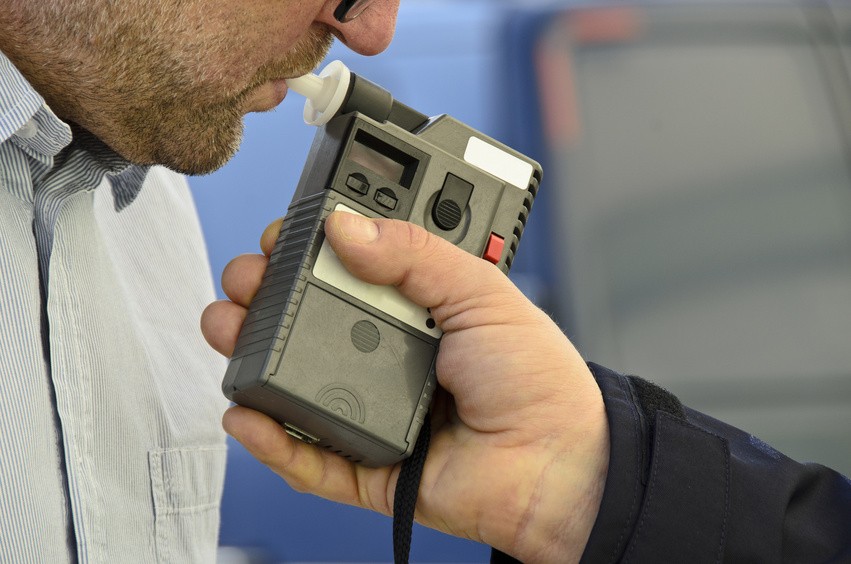 The National Transportation Safety Board (NTSB) has recently suggested that the blood alcohol content (BAC) limit for determining DUI (driving under the influence) should be lowered from .08% to .05%. In other words, the NTSB suggests that drivers don’t need to hit that .08% BAC limit in order to be considered risks to themselves and other drivers on the road.
The National Transportation Safety Board (NTSB) has recently suggested that the blood alcohol content (BAC) limit for determining DUI (driving under the influence) should be lowered from .08% to .05%. In other words, the NTSB suggests that drivers don’t need to hit that .08% BAC limit in order to be considered risks to themselves and other drivers on the road.
Cincinnati news station WLWT News 5 recently covered the issue, and we at The Farrish Law Firm. L.P.A. think that this topic deserves even more attention.
Lowering the Limit: Pros
The obvious benefit of lowering the limit is that more drivers could be arrested for driving under the influence, ideally lowering the number of alcohol-related car accidents and fatalities. In big cities and metropolitan areas such as in Cincinnati, the issue of finding a ride home after drinking isn’t too much of a concern. Between taxis, Uber cars, and friends who live near by, it can be fairly easy for individuals to catch a ride with a sober driver after a night out.
Even if lowering the limit doesn’t substantially reduce car accident fatalities, it could still reduce the number of alcohol-related crashes that result in minor injuries or in no injuries at all. Any car accident, even one that only results in minor property damage, can be expensive. Mother Against Drunk Driving, or MADD, statistics show that around 300,000 people drive under the influence every day and this ends up costing the U.S. around $199 billion every single year.
By lowering the BAC limit to .05%, it seems very likely that drivers would be more careful about getting behind the wheel after drinking.
Lowering the Limit: Cons
This topic poses the question: Would lowering the BAC limit really make that much of a difference? For individuals who are already very aware of their alcohol intake before driving, they aren’t likely to get behind the wheel if they are concerned about their ability to drive.
For individuals who don’t care about driving under the influence, a lower legal limit isn’t likely to deter them from getting behind the wheel after drinking. According to MADD statistics, the average drunk driver gets behind the wheel 80 times before being caught and arrested. If an individual isn’t using one of these options already, will a stricter DUI law make a drastic difference?
Right now, there is no way to know if lowering the legal BAC level from .08% to .05% will make a very big difference. What do you think? Be sure to share your thoughts in the comments and help us keep the discussion going!




Speak Your Mind